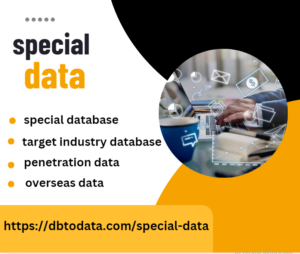The team provides the complet , but not yet ideal part of the project. It can already be us . Further work will continue by creating other pages, tools – as ne , the resource will be equipp with additional features. Pros and cons This software development methodology has a number of advantages: Specialists carry out step-by-step work, where specific tasks for each sprint and methods for solving them are determin . This allows accelerating the process of creating a program. Work is carri out simultaneously on various tasks, such coverage spe s up all processes.
A large task is divid into a number of smaller ones
Making it easier to make changes than when using Waterfall. Each team member knows their scope of responsibilities, which increases the level chinese overseas asia number data of individual responsibility. There is a direct exchange of information, which helps make the process clear and transparent. The end result will satisfy the ne s of the audience, as it was creat taking into account the establish fe back. Stimulate motivation through weekly analysis of achievements.
There are also disadvantages:
The success of the campaign depends on Da fatan mai gidan ku ya fi sassauci the organizer of the entire process, the level of professionalism of the team members, and their interest in the result. Scrum may not always be suitable for the specifics of a project, as there are options where a plann approach is requir . Systematic communication with the customer is necessary; this can become a brake on work if fe back is not provid in a timely manner.
Who is it suitable for?
Scram is widely us today in ucation, marketing, construction, and business. The methodology is chosen to create an application where flexibility in bulk lead work and close interaction of the parties are welcom . It has become especially relevant in tough competition. But such an option may not be suitable for developing software bas on regulatory requirements, as well as in cases where the client does not have a clearly formulat idea.



